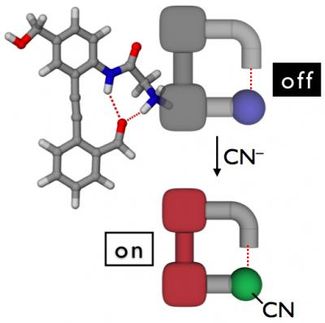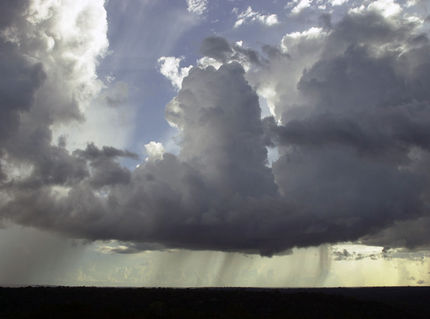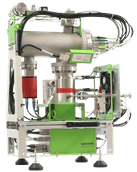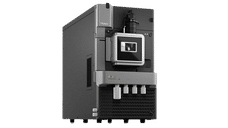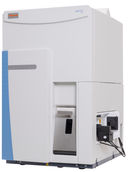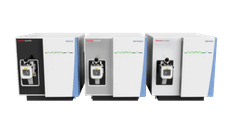Detecting fake wine vintages: It's an (atomic) blast
Two decades of atomic bomb testing in the atmosphere are yielding an unexpected bonus for consumers, scientists reported here at the 239th National Meeting of the American Chemical Society (ACS). It's a new test to determine whether that Bordeaux or burgundy is from a fine vintage year and commands premium price or actually is a counterfeit vin ordinaire or cheap plonk worth much less.
Graham Jones, Ph.D., who headed the research, said that misrepresenting the vintage - the year the wine was made - is an ongoing problem. He is with the University of Adelaide, Australia. Some years bring perfect growing conditions for vineyards in a country or region of a country and the grapes produce exceptional wines that command premium prices. In other years, bad weather, such as heavy late-season rains that bloat grapes with water or long hot, dry spells at harvest, means poor quality wines. Some wine experts estimate that up to 5 percent of the fine wine sold today is fake.
"The problem goes beyond ordinary consumers being overcharged for a bottle of expensive wine of a famous winery with a great year listed on the label," Jones pointed out. "Connoisseurs collect vintage wines and prices have soared with 'investment wines' selling for hundreds of thousands of dollars a case at auction."
Jones said the wine industry is fighting forgeries with special seals and high-tech labels. The method for authentication of a wine's vintage may provide added confidence that the vintage on the label is the vintage in the bottle.
In their leading research, Jones and colleagues found that radioactive carbon dioxide produced from atomic bomb tests in the atmosphere absorbed by grapes can be used to accurately determine wine vintages. The new technique is similar to radio-carbon dating, used for years to estimate the age of prehistoric objects. It works by comparing the amount of carbon-14 (C-14), a less common form of atmospheric carbon, to carbon-12 (C-12), which is more stable and abundant. The ratio of these two carbon forms, or isotopes, has remained constant in the atmosphere for thousands of years.
"Until the late 1940's all carbon-14 in the Earth's biosphere was produced by the interaction between cosmic rays and nitrogen in the upper atmosphere," Jones says. "This changed in the late 1940's up to 1963 when atmospheric atomic explosions significantly increased the amount of C-14 in the atmosphere. When the tests stopped in 1963 a clock was set ticking - that of the dilution of this "bomb-pulse" C-14 by CO2 formed by the burning of fossil fuels."
He explains that traces of radioactive carbon are captured by the grape plants through the absorption of carbon dioxide and eventually transformed into alcohol and other carbon-based components of the wine. The "bomb-pulse" of the atmosphere is eventually absorbed into the wine.
"The year that the grapes were grown fixes the age or vintage of the wine," Jones says.
"The carbon-14 isotope ratio of the wine alcohol can therefore be used to determine the vintage of a wine."
The scientists used a highly-sensitive analytical device called an accelerator mass spectrometer to determine the C-14 levels in the alcohol components of 20 Australian red wines with vintages from 1958 to 1997 and then compared these measurements to the radioactivity levels of known atmospheric samples. They found that the method could reliably determine the vintage of wines to within the vintage year.
In addition to testing alcohol, measuring the age of other wine components, such as tartaric acid and various phenolic substances, can help improve the reliability of the technique for detecting fraud, Jones notes.
Other news from the department science
These products might interest you
Most read news
More news from our other portals
See the theme worlds for related content
Topic World Spectroscopy
Investigation with spectroscopy gives us unique insights into the composition and structure of materials. From UV-Vis spectroscopy to infrared and Raman spectroscopy to fluorescence and atomic absorption spectroscopy, spectroscopy offers us a wide range of analytical techniques to precisely characterize substances. Immerse yourself in the fascinating world of spectroscopy!

Topic World Spectroscopy
Investigation with spectroscopy gives us unique insights into the composition and structure of materials. From UV-Vis spectroscopy to infrared and Raman spectroscopy to fluorescence and atomic absorption spectroscopy, spectroscopy offers us a wide range of analytical techniques to precisely characterize substances. Immerse yourself in the fascinating world of spectroscopy!
